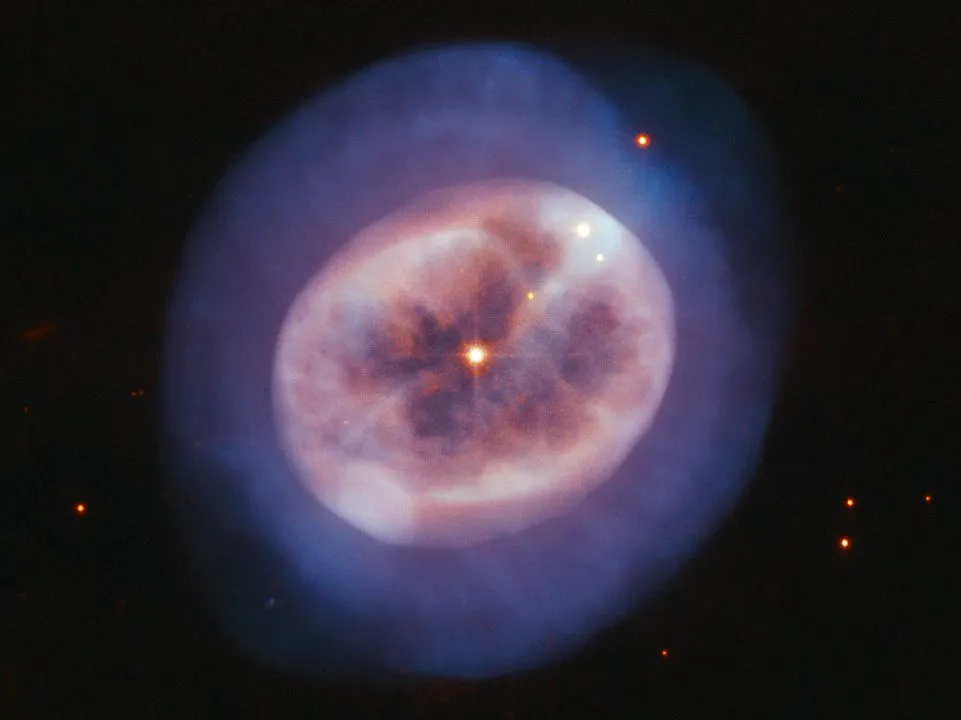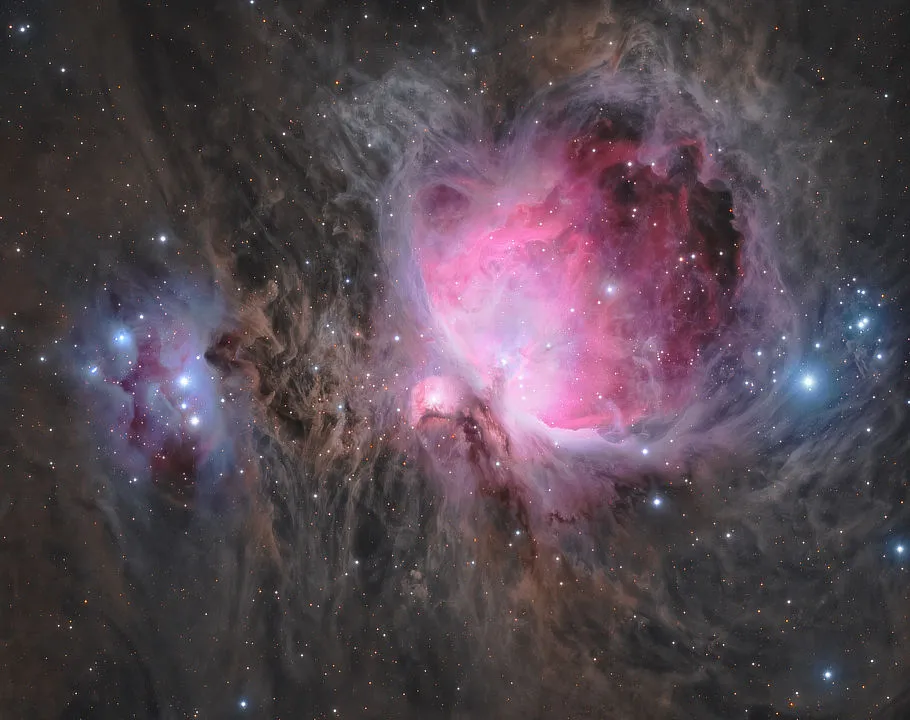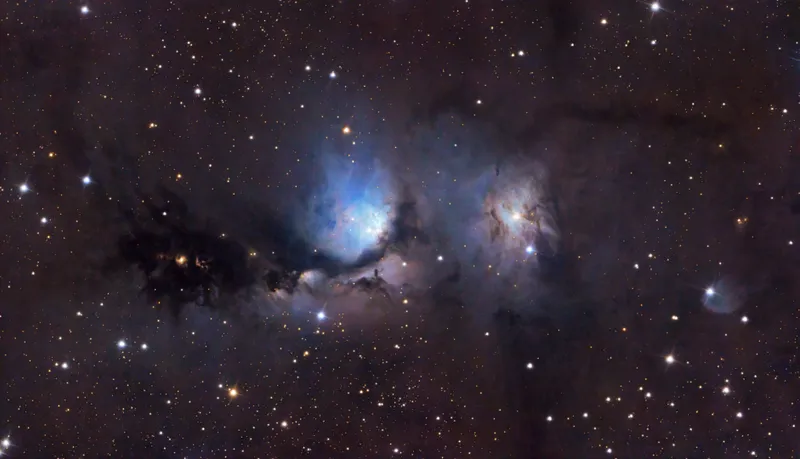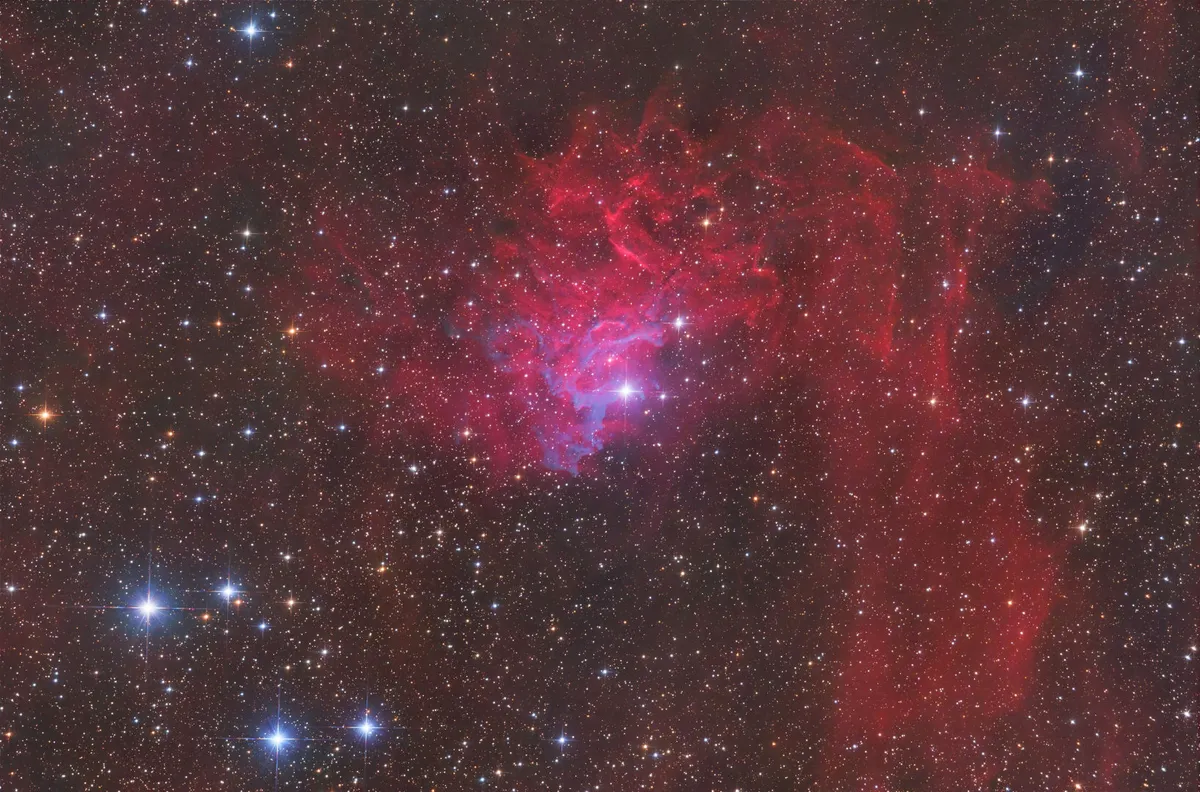In this guide to cosmic clouds, we'll take a look at what a reflection nebula is, what an emission nebula is, and the difference between the two.
The word ‘nebula’ means ‘cloud’ in Latin and long ago, the name nebula was given to any hazy, cloudy object that could be seen in the night sky.
Charles Messier, for instance, compiled his famous Messier Catalogue of ‘nebulae’ in 1781, listing 103 objects, many of which we now know to be distant galaxies or star clusters.
You will often see historic astronomical records refer to the Andromeda Galaxy as the 'Andromeda Nebula', for example.

What is a nebula?
Today, the term 'nebula' is more rigorously defined, and refers to clouds of dust and gas in the interstellar medium: the space between stars inside a galaxy.
Those clouds can form in a variety of ways, though.
So when we talk about a nebula, we may actually be talking about a supernova remnant, or about a planetary nebula.
A planetary nebula has nothing to do with planets: it's formed when a Sun-like star, at the end of its life, transitions from a red giant to a white dwarf.

The majority of nebulae fall into the category of ‘diffuse nebulae’, so-called because they are vast objects, sometimes several hundred lightyears across.
And diffuse nebulae, in turn, can be broken down into reflection, emission and dark nebulae.
The difference between them? It’s all about illumination, and the clues are very much in the names!
Emission nebula

Emission nebulae are also known as HII regions, because they contain vast quantities of ionized hydrogen.
These are giant clouds of gas and dust that have at least one star at their heart.
It is the light emitted by this star that causes the nebula as a whole to become visible.
Simply put, an emission nebula is a nebula that glows because a powerful close-by star is ionizing the gas, causing it to glow.

Emission nebulae are also associated with regions of star formation, so in some cases it can be the light emitted by many powerful young stars that causes them to glow.
Famous examples of an emission nebula include the Crescent Nebula, the Bubble Nebula, the Orion Nebula, the Lagoon Nebula, the North America Nebula and the Cat's Paw Nebula.
Reflection nebula

Reflection nebulae, on the other hand, are giant clouds of gas and dust WITHOUT a star at their heart.
They do, however, lie close enough to a star (or a group of stars) that starlight is reflected by the material that makes up the nebula.
This makes the nebula visible and is what gives the reflection nebula its name.

Famous examples of a reflection nebula include M78, the Iris Nebula, the Running Man Nebula and the Witch Head Nebula.
Some nebulae are even a mixture of emission nebulae and reflection nebulae, such as the Flaming Star Nebula and the Trifid Nebula.
Dark nebula

Lastly – and you’ve probably guessed this bit already – dark nebulae are giant clouds of gas and dust that don’t have a star at their heart, and aren’t close enough to one to reflect its light, either.
As a result, dark nebulae aren’t illuminated or visible, and in fact appear on the night sky as dark smudges that block our view of whatever other objects may lie beyond them.
That said, one final thing to note this that all of the above refers to visible light – all three types (emission, reflection and dark) will show up clearly in the infrared.

